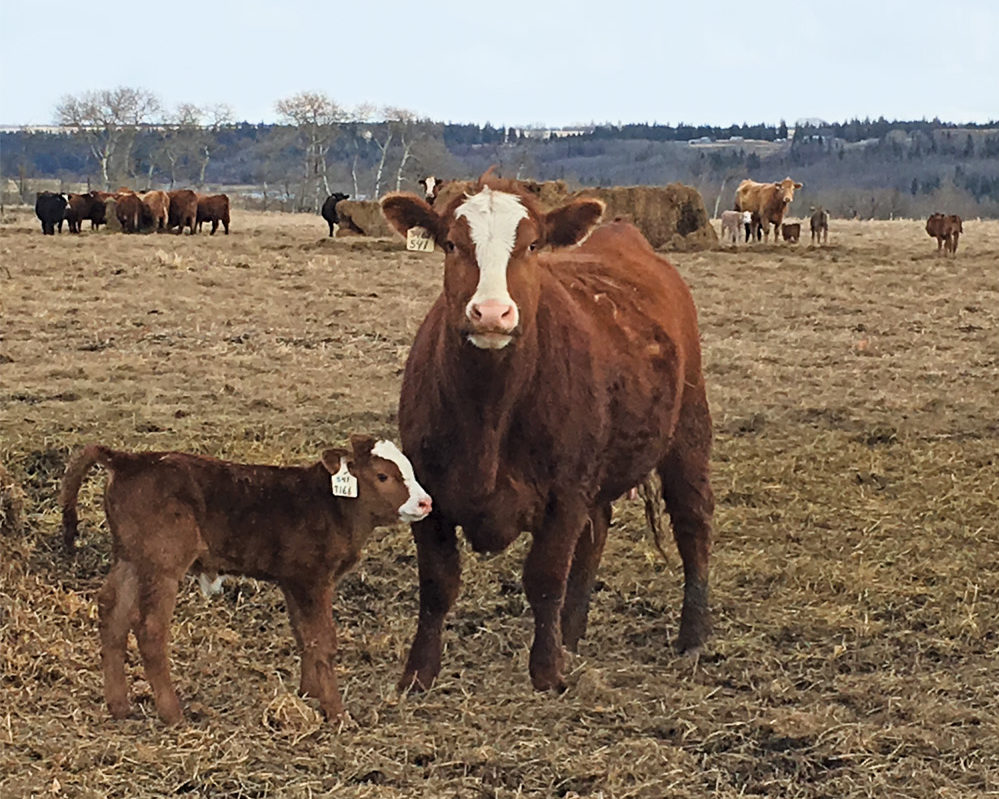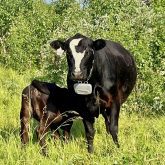Canada’s national cow herd has contracted over 20 per cent since it peaked at five million head in 2005.
If the national cow herd remains under four million cows, or contracts further, the industry risks losing infrastructure, processing capacity, more feedlots, and cattle-related services such as auction markets, trucking companies and even local dealers of livestock handling and forage harvesting equipment.
For the beef industry to expand we would, of course, also need to expand and diversify our exports. If we had a larger, more reliable supply, we could be more competitive in international markets. Throughout my travels with trade missions I would often hear from importers in places like Japan, South Korea, and Europe, that they love Canadian beef, but couldn’t find a consistent supply.
Read Also

A strategic approach to risk on the ranch
Given the increase in the value of livestock and the market volatility, we need to cover our risks. First,…
I don’t believe we will see any significant expansion from farmers who exited the industry but now want to get back into cows.
The producers who have remained in the industry are serious cattle people, and that is where any expansion will come from. But it may require a different approach to achieve expansion.
At our family ranch in central Alberta, we greatly increased our cow herd by breeding more heifers and making our herd-replacement decisions after they calved. Instead of growing out 30 to 40 per cent of the heifers, we now expose about 85 per cent of them. A short 45-day breeding period and preg checking weeds out some infertility. After the heifers calve, but definitely before grass time, we make our decisions about long-term replacements.

If any heifer does not make the grade as a top-notch cow, we place her and her calf in a group which will go on a high-energy, barley-based ration for about four months. It is important to get them on feed shortly after they calve at two years and get them shipped just before they reach 30 months.
Our experience has been that the majority of these females grade AA, but about 30 per cent grade AAA. Their dressing percentage is lower than a conventional, dry heifer, but the extra calves that wean add a lot to the bottom line.
In my view, the real bonus to this management system is the quality of heifers that make the cut to the herd. If we are disciplined in our selection after the first calf in terms of udders, feet, temperament, ability to maintain body condition, and ease of calving, we can expect second-calf and older females to be very trouble free.
Too often in the past, we were hesitant to cull young cows after they weaned a calf because they were now over 30 months and were lighter than the mature cows.
We are no longer guessing whether those one-year-olds are going to make a good cow.

I realize many producers feel intimidated about calving out a large number of heifers, but in our experience calving after the equinox, when the days are mostly warmer and longer, helps a lot. It’s not much different checking 150 instead of 40 or 50.
Our Canadian seedstock industry has made great improvements in providing bloodlines in every beef breed for calving ease while still growing well.
Our local vet clinics report C-sections and hard pulls have been reduced to a few dozen per year compared to hundreds during our expansion in the ’80s and ’90s.
I also think there is an opportunity for a heifer development segment in our industry — specialists who would accept heifer calves, grow them, breed them, calve them out and sort them into replacement pairs or feeding pairs.
The grain-fed pairs stay much healthier when they are fed in a portable feeder on a small pasture than in a feedlot pen, especially during a wet summer. It doesn’t take acres to provide some comfort. Neighbouring producers could pool their feeding pairs to make a larger group, but even on a smaller scale, it is important to get them on feed and shipped under 30 months.
For many operations, switching to retaining more heifers would present cash-flow problems. This is one instance where the Government of Canada’s cash advance program that offers $100,000 interest free, and $300,000 at a good rate, would work well in the transition years. This program has been underutilized to date, at least in Western Canada.
Another option is to offer some pairs for sale after your selections for the cow herd are made. We have found our culling rate on three- to seven-year-old cows has gone down and we can sell good pairs as breeders now.
With extra young cows around established producers could also help young cattlemen grow their herds, either with terms like lease to own, or payments over time.
Let’s all breed more heifers, and grow this industry from within.
Dave Solverson is a past president of the Canadian Cattlemen’s Association. With his brother Ken and daughter Joanne they operate Woodwind Ranch, near Camrose, Alta. He can be reached at 780-679-9625 or [email protected].
















